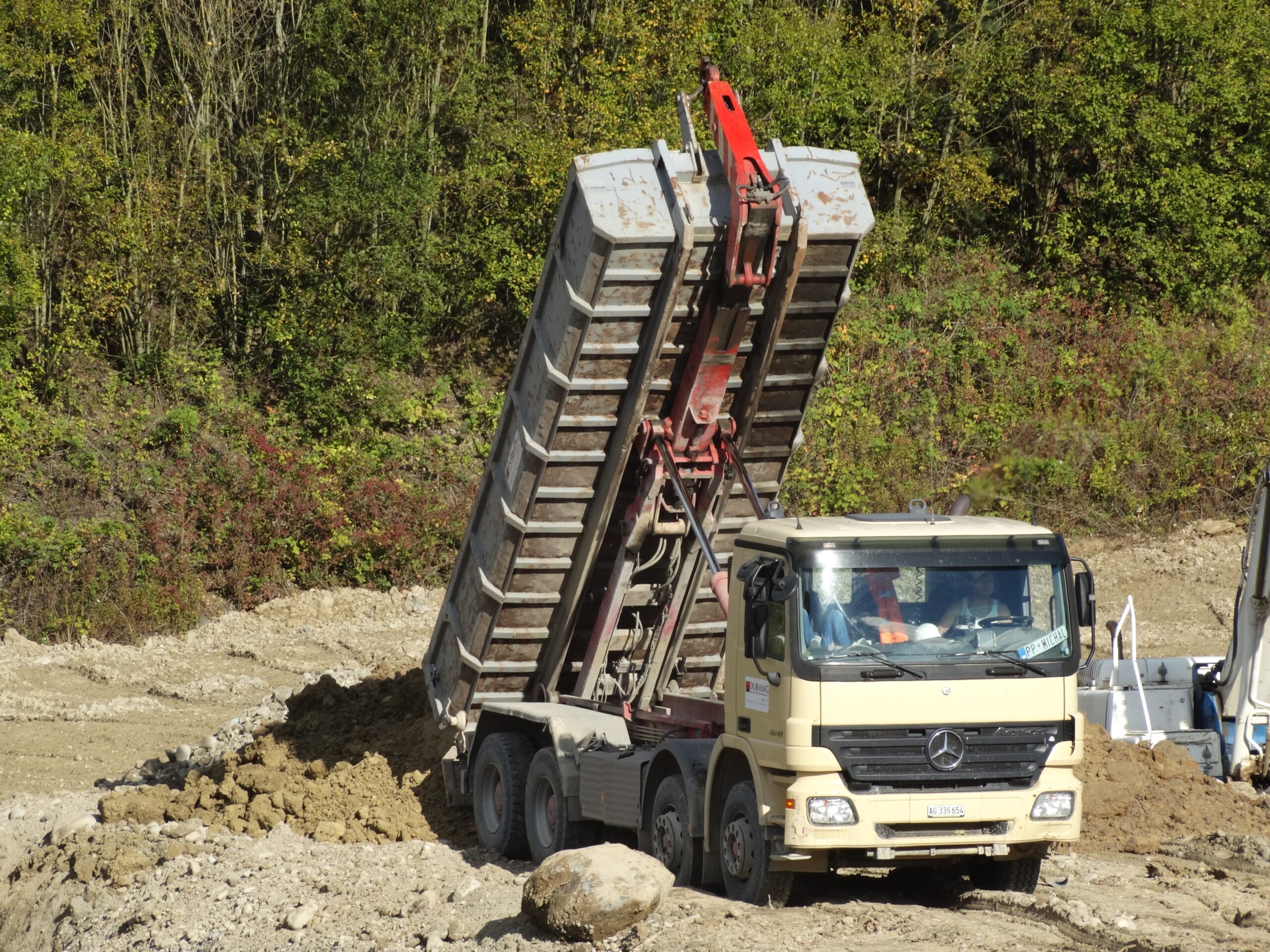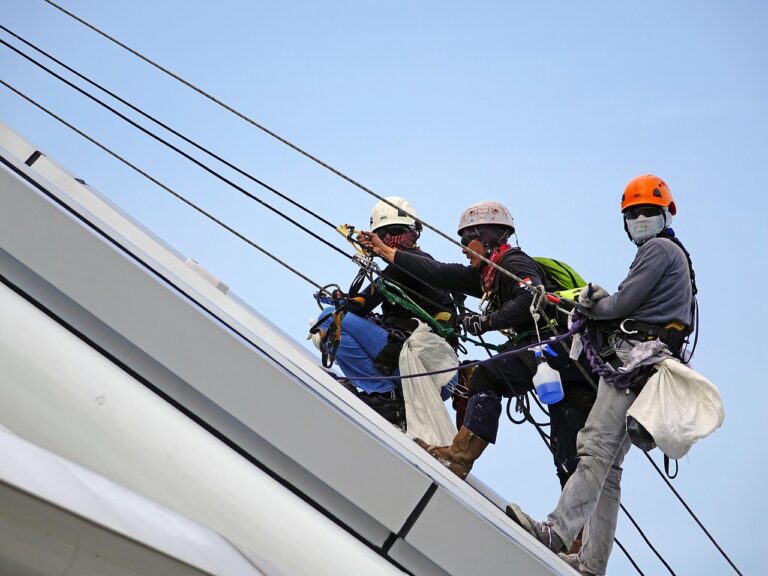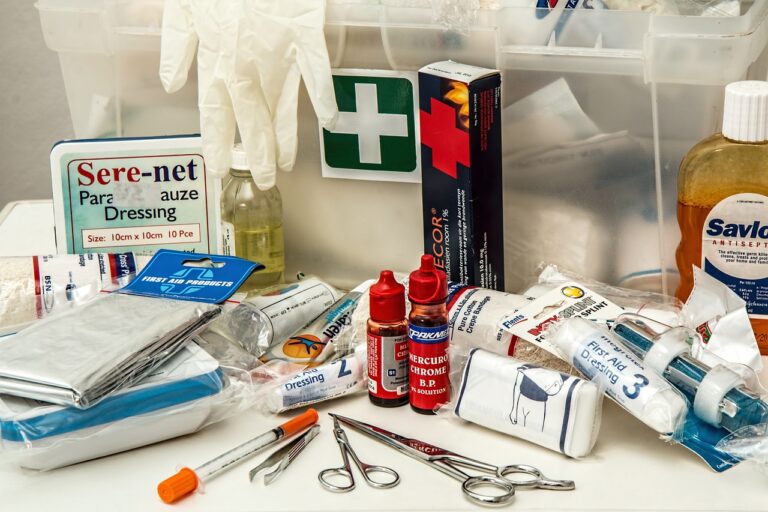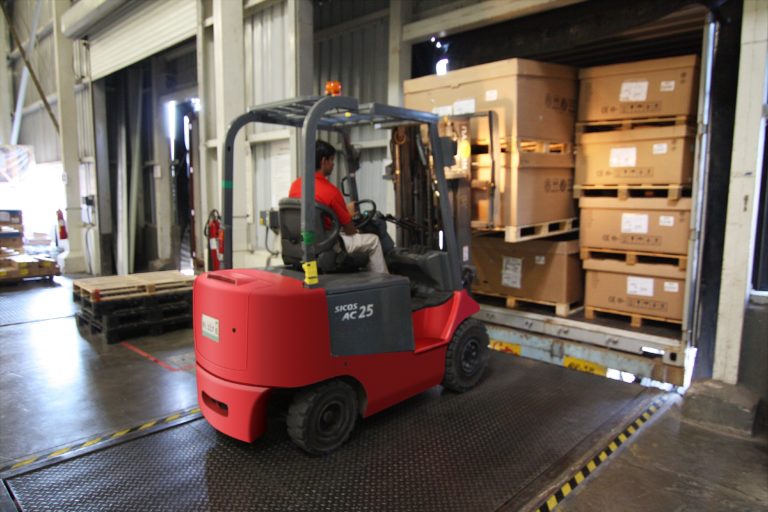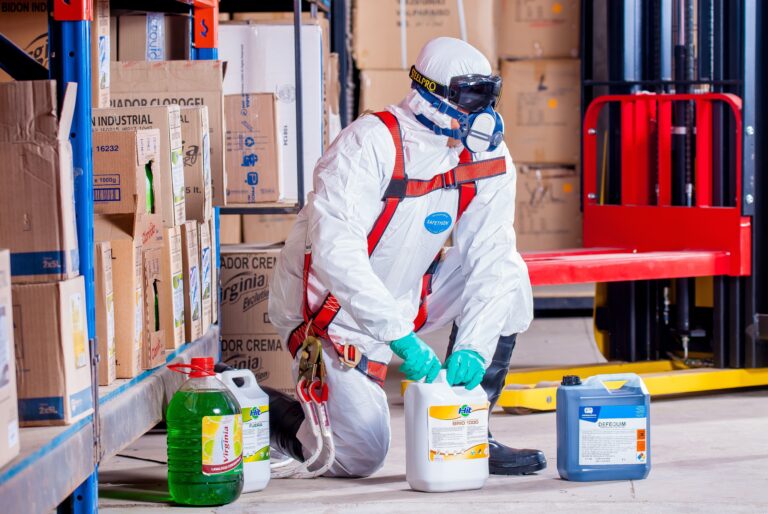Safety Tips – June 14, 2024
Dump Truck Safety A Newport News man died after he was hit by a dump truck while…
Dump Truck Safety
A Newport News man died after he was hit by a dump truck while working in a Goochland County construction zone. A safety inspector was working in a construction zone on Patterson Ave. near Westcreek Parkway around 10 p.m. when the crash happened. A dump truck was pulling into the milling area of the construction zone. When the truck was backing up, police say it hit the inspector. He did not survive.
Dump trucks come in a variety of styles and sizes, but one thing that should remain the same across the board is safety. Dump trucks are dangerous at the best of times. Whether you’re the driver or someone helping at the job site, it’s important that you make safety a priority whenever you’re working around a dump truck.
Following these ten tips will help keep you and others safe while working with your dump truck.
- Commit to maintenance.
Things break. Things stop working for no apparent reason. Things occasionally need to be replaced. To do its job, your truck needs to be in good repair, which is why it’s important to keep up with regular maintenance of your truck. A broken dump truck is an unsafe dump truck.
You should also do a daily inspection and checks of your truck. You should check tire pressure, the suspension and lift cylinders, and the pins and bushings (which should be kept properly lubricated.)
- Make sure you’re on level ground before unloading.
Balance is the name of the game when it comes to operating a dump truck. Before you go to deposit a load, make sure that you’re on stable ground. The truck will become less stable as the bed is lifted, and this could cause it to tip over.
Keep in mind that the longer the truck bed is, the easier it is to tip the truck. Give your truck its best chance of staying upright by being on solid, level ground. Firmly packed soil or gravel are ideal for unloading.
- Distribute the load evenly.
The load that the dump truck is hauling needs to be centered between the rails of the truck bed. This will help improve your balance and help the truck stay as stable as possible. The center of gravity needs to be, well, centered. Make sure to spread the load out evenly throughout the bed.
Even something as small as low tire pressure or a dip in the ground can upset the truck’s balance, so check to make sure that everything’s as level as can be before dumping the load.
- Don’t skip the truck bed liner.
The bed of the dump truck should have a liner so that the load will flow out evenly when it’s being deposited. The liner will help prevent the load from getting stuck and the truck from getting unbalanced when you unload.
- Know how to talk the talk.
More accurately, know how to signal the signal. Sometimes there might be a two-person job. And two-person jobs work out a lot better for everyone involved when those two people are on the same page. If someone’s helping out with navigating or unloading the dump truck, chances are you’re going to be communicating with hand signals, not words. Make sure that both of you know exactly what each signal means.
Proper signaling can help you avoid accidents, which means avoiding claims. And that means you can save money on your dump truck insurance. (You can also save on dump truck insurance if you get multiple quotes for truck insurance to compare coverages and prices.)
- Don’t overload the dump truck.
Even though it might be tempting to keep piling whatever you’re transporting into the truck bed, make sure that you don’t overload it. Having an overloaded dump truck can make dumping the load uneven and hazardous. Don’t make the truck’s job any harder than it has to be.
- Clear the area of people and other obstacles.
Obviously, you don’t want to run over someone with your dump truck. Before you starting dumping your load, make sure the area is completely clear and free of people and passers-by. If there are any lingerers, kindly ask them to move to a safe distance before starting to unload.
Remember, even if you have a remote control to operate the truck bed, you still have to take every precaution for safety’s sake.
- Don’t drive while the truck bed is raised.
If you drive with the bed of the truck raised, you could end up running into something, like a power line. Generally, it’s not a good idea to take out power lines or other overhead hazards with your truck, so keep the bed flat while you drive.
- Keep the tractor and the trailer lined up properly.
The tractor and the trailer have to be aligned so that they’re as straight as possible. If they’re jackknifed at all, it would be extra dangerous if the trailer tipped.
- Be super careful if you’re working between the bed and the frame.
If a situation arises in which you have to work between the truck bed and the frame, make sure that you have safely and properly blocked the bed. If the truck bed slips or lowers while someone is tinkering around or working beneath it, they could be seriously injured or even crushed.
Operating dump trucks is something that shouldn’t be taken lightly. There’s a lot that goes into making sure that the truck stays stable, balanced, and safe. Don’t take any chances or risks with your safety or that of others. Make safety part of your daily routine.
Seguridad de los camiones volquete
Un hombre de Newport News murió después de ser atropellado por un camión de basura mientras trabajaba en una zona de construcción del condado de Goochland. Un inspector de seguridad estaba trabajando en una zona de construcción en Patterson Ave. cerca de Westcreek Parkway alrededor de las 10 p.m. cuando ocurrió el accidente. Un camión volquete se detenía en el área de molienda de la zona de construcción. Cuando el camión estaba retrocediendo, la policía dice que golpeó al inspector. No sobrevivió.
Los camiones volquete vienen en una variedad de estilos y tamaños, pero una cosa que debe permanecer igual en todos los ámbitos es la seguridad. Los camiones volquete son peligrosos en el mejor de los casos. Ya sea que usted sea el conductor o alguien que ayuda en el lugar de trabajo, es importante que haga de la seguridad una prioridad siempre que trabaje cerca de un camión volquete.
Seguir estos diez consejos le ayudará a mantenerse a usted y a los demás seguros mientras trabaja con su camión volquete.
- Comprométete con el mantenimiento.
Las cosas se rompen. Las cosas dejan de funcionar sin razón aparente. De vez en cuando hay que reemplazar cosas. Para hacer su trabajo, su camión debe estar en buen estado, por lo que es importante mantenerse al día con el mantenimiento regular de su camión. Un camión volquete roto es un camión volquete inseguro.
También debe hacer una inspección y comprobaciones diarias de su camión. Debe verificar la presión de los neumáticos, los cilindros de suspensión y elevación, y los pasadores y bujes (que deben mantenerse correctamente lubricados).
- Asegúrese de estar en un terreno nivelado antes de descargar.
El equilibrio es el nombre del juego cuando se trata de operar un camión volquete. Antes de ir a depositar una carga, asegúrese de estar en un terreno estable. El camión se volverá menos estable a medida que se levante la caja, y esto podría hacer que se vuelque.
Tenga en cuenta que cuanto más larga sea la plataforma del camión, más fácil será inclinar el camión. Dale a tu camión la mejor oportunidad de mantenerse en posición vertical al estar en un terreno sólido y nivelado. El suelo o la grava firmemente compactados son ideales para la descarga.
- Distribuya la carga de manera uniforme.
La carga que transporta el camión volquete debe estar centrada entre los rieles de la plataforma del camión. Esto ayudará a mejorar su equilibrio y ayudará a que el camión se mantenga lo más estable posible. El centro de gravedad tiene que estar, bueno, centrado. Asegúrese de distribuir la carga uniformemente por toda la cama.
Incluso algo tan pequeño como la baja presión de los neumáticos o una caída en el suelo pueden alterar el equilibrio del camión, así que verifique que todo esté lo más nivelado posible antes de tirar la carga.
- No se salte el revestimiento de la caja del camión.
La caja del camión volquete debe tener un revestimiento para que la carga fluya uniformemente cuando se deposite. El revestimiento ayudará a evitar que la carga se atasque y que el camión se desequilibre cuando descargue.
- Saber hablar.
Más precisamente, sepa cómo señalar la señal. A veces puede haber un trabajo de dos personas. Y los trabajos de dos personas funcionan mucho mejor para todos los involucrados cuando esas dos personas están en la misma página. Si alguien está ayudando a navegar o descargar el camión volquete, es probable que se comunique con señales manuales, no con palabras. Asegúrate de que ambos sepan exactamente lo que significa cada señal.
Una señalización adecuada puede ayudarle a evitar accidentes, lo que significa evitar reclamaciones. Y eso significa que puede ahorrar dinero en su seguro de camión volquete. (También puede ahorrar en el seguro de camiones de volteo si obtiene varias cotizaciones de seguro de camiones para comparar coberturas y precios).
- No sobrecargue el camión volquete.
A pesar de que puede ser tentador seguir apilando lo que sea que esté transportando en la caja del camión, asegúrese de no sobrecargarlo. Tener un camión volquete sobrecargado puede hacer que la descarga de la carga sea desigual y peligrosa. No haga que el trabajo del camión sea más difícil de lo que tiene que ser.
- Despeje el área de personas y otros obstáculos.
Obviamente, no querrás atropellar a alguien con tu camión volquete. Antes de comenzar a descargar su carga, asegúrese de que el área esté completamente despejada y libre de personas y transeúntes. Si hay algún retención, pídale amablemente que se mueva a una distancia segura antes de comenzar a descargar.
Recuerde, incluso si tiene un control remoto para operar la caja del camión, debe tomar todas las precauciones por seguridad.
- No conduzca mientras la caja del camión esté levantada.
Si conduces con la caja del camión levantada, podrías terminar chocando con algo, como una línea eléctrica. Por lo general, no es una buena idea quitar las líneas eléctricas u otros peligros aéreos con su camión, así que mantenga la caja plana mientras conduce.
- Mantenga el tractor y el remolque alineados correctamente.
El tractor y el remolque deben estar alineados para que estén lo más rectos posible. Si es que están destrozados, sería más peligroso si el remolque se volcara.
- Ten mucho cuidado si trabajas entre la cama y el marco.
Si surge una situación en la que tiene que trabajar entre la caja del camión y el bastidor, asegúrese de haber bloqueado la caja de forma segura y adecuada. Si la caja del camión se desliza o baja mientras alguien está jugando o trabajando debajo de ella, podría resultar gravemente herido o incluso aplastado.
Operar camiones volquete es algo que no debe tomarse a la ligera. Hay muchas cosas que se necesitan para asegurarse de que el camión se mantenga estable, equilibrado y seguro. No corras ningún riesgo con tu seguridad o la de los demás. Haz que la seguridad forme parte de tu rutina diaria.

